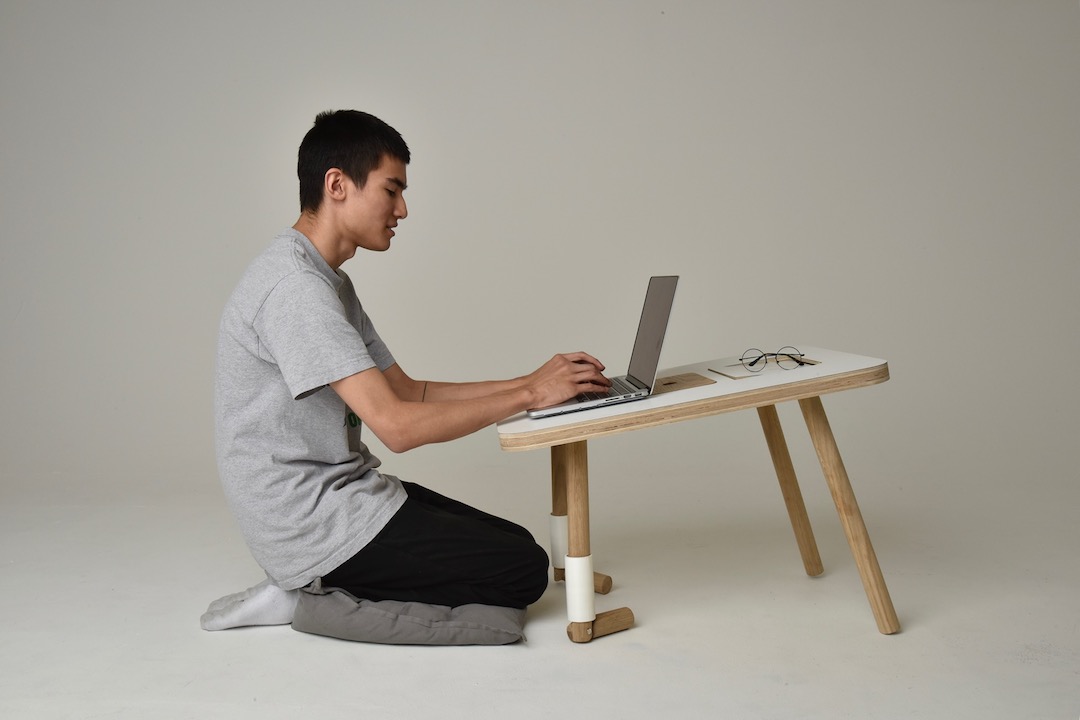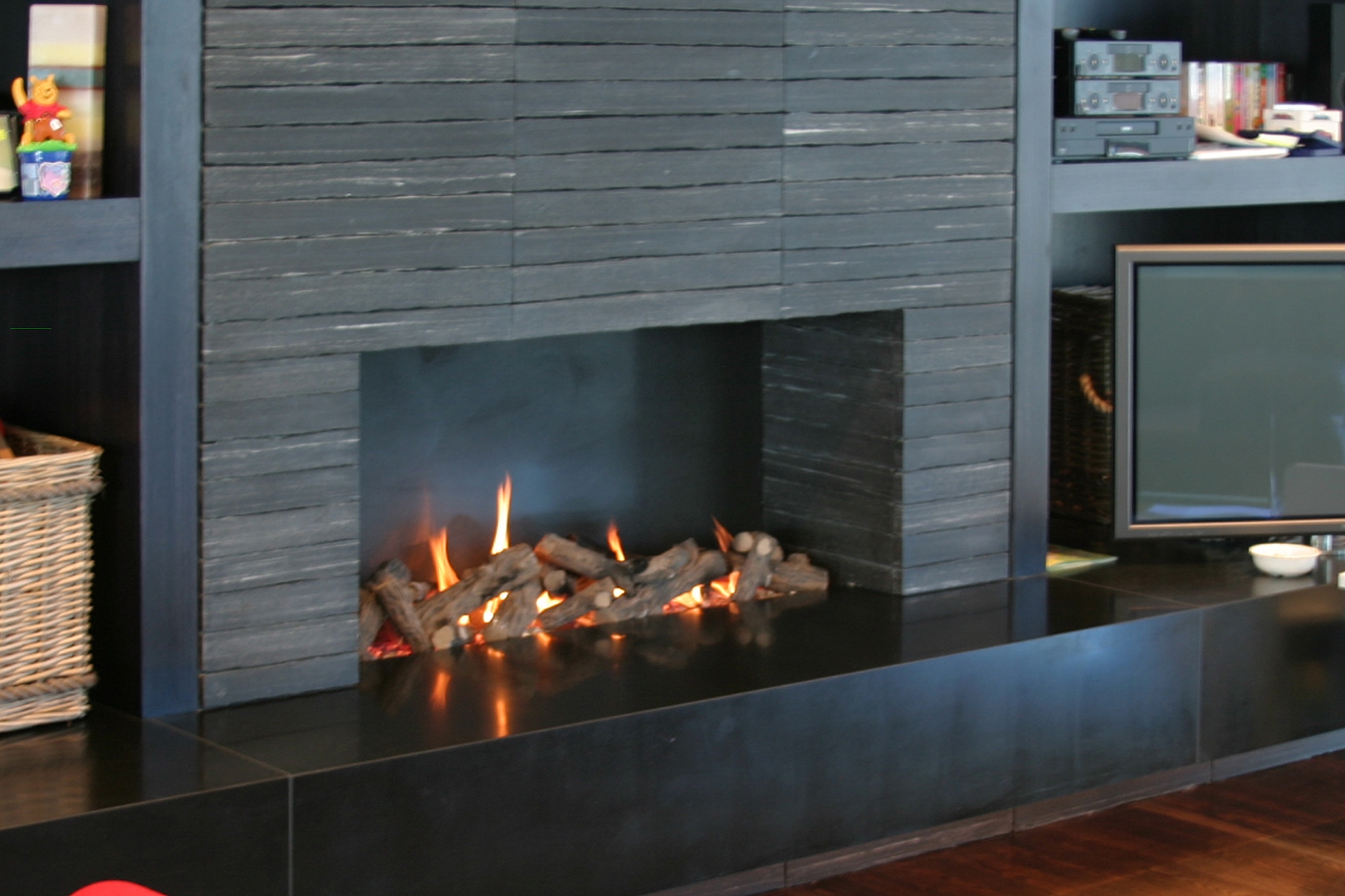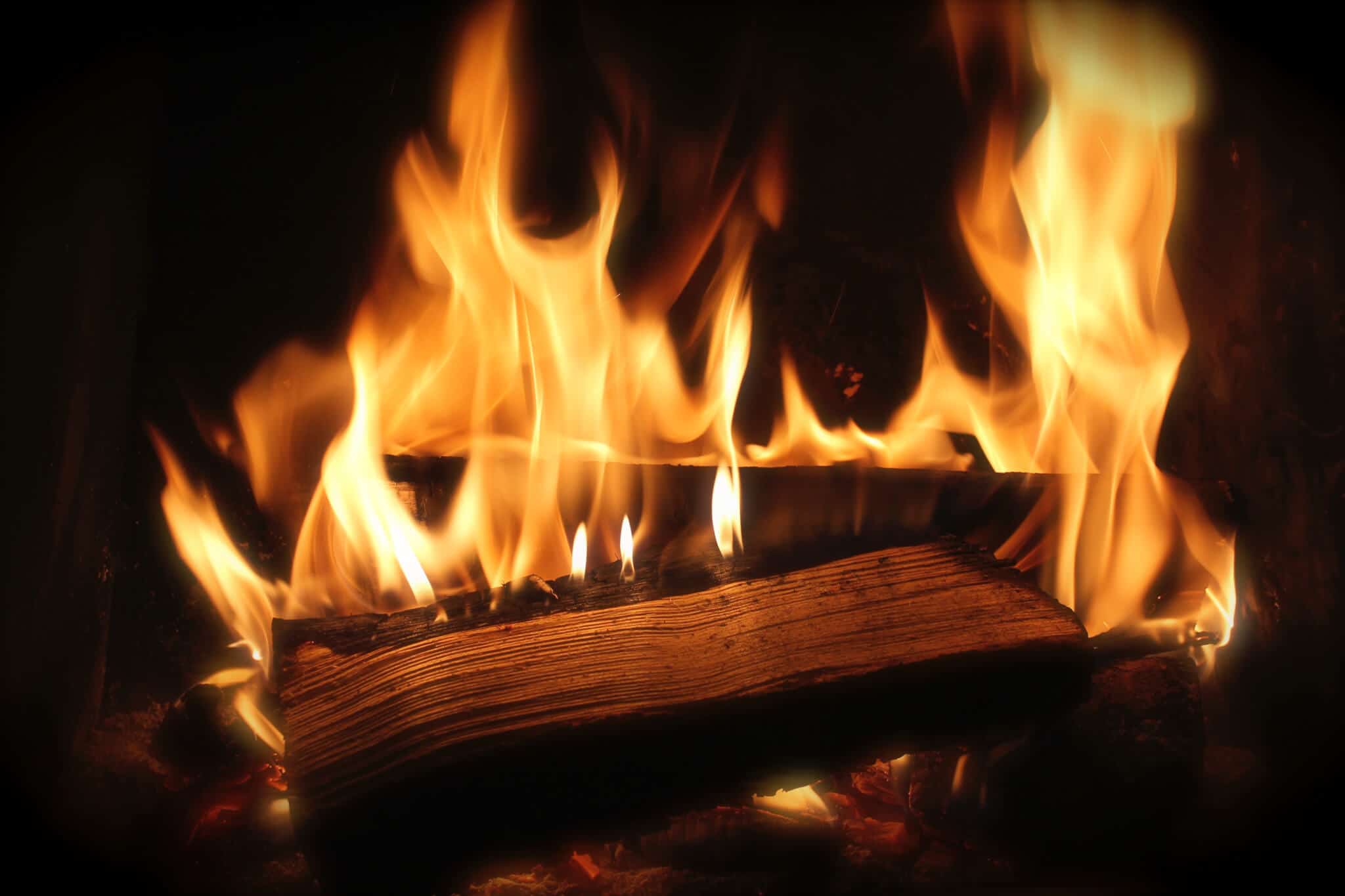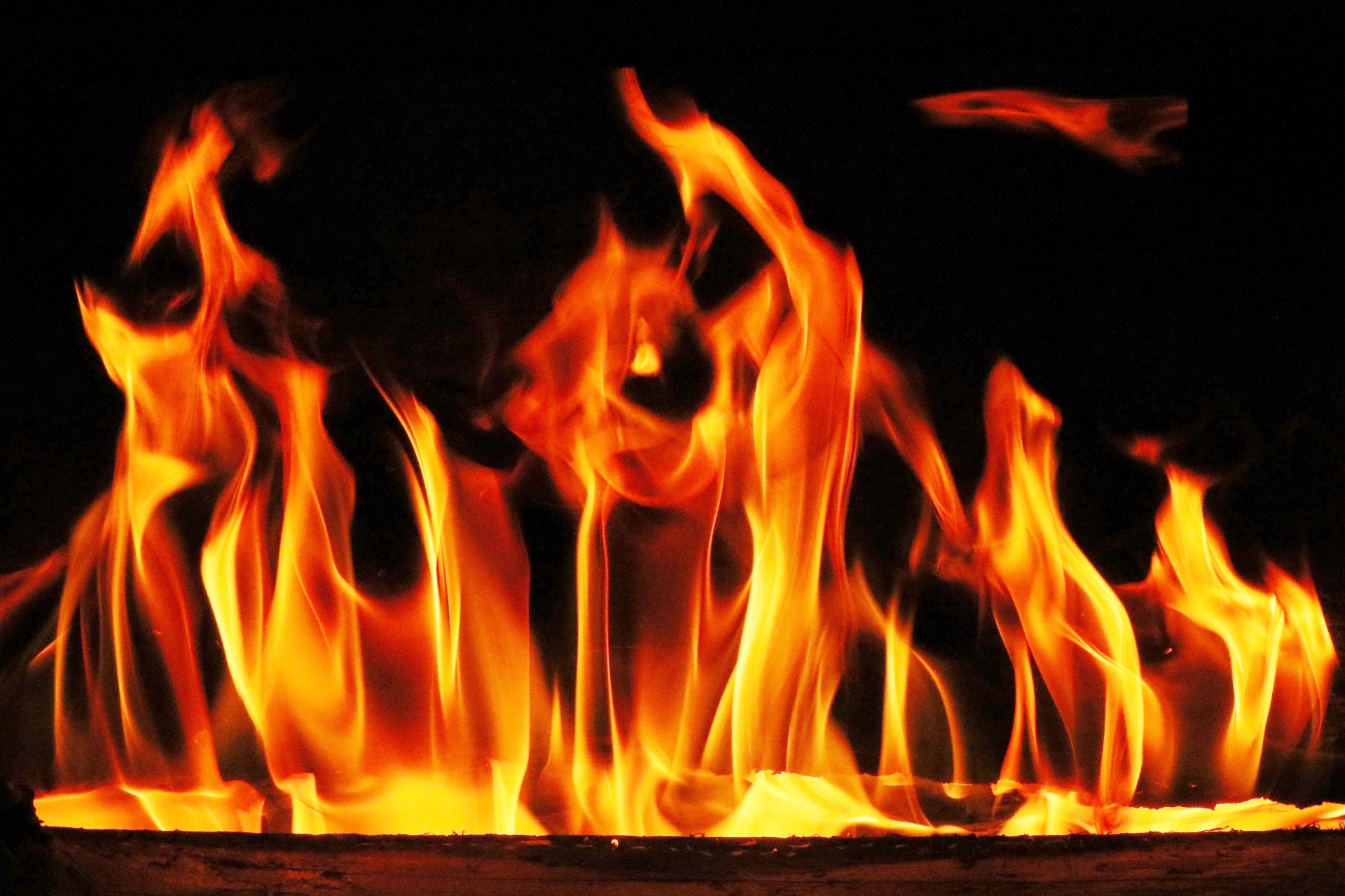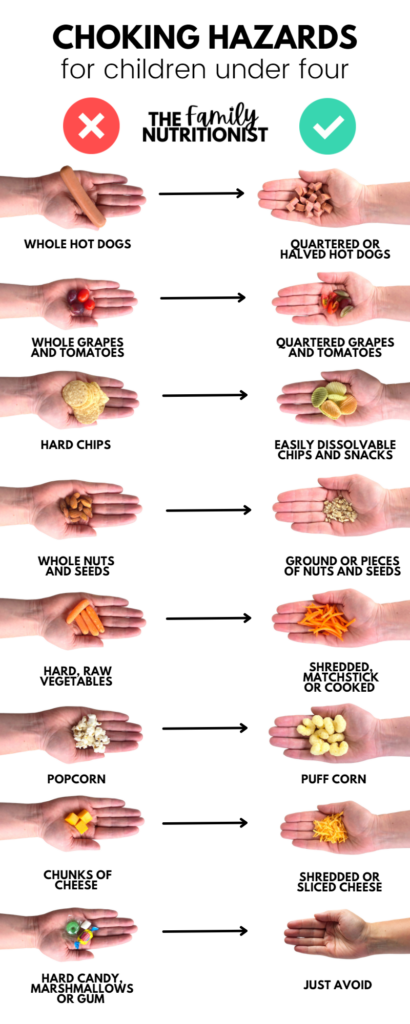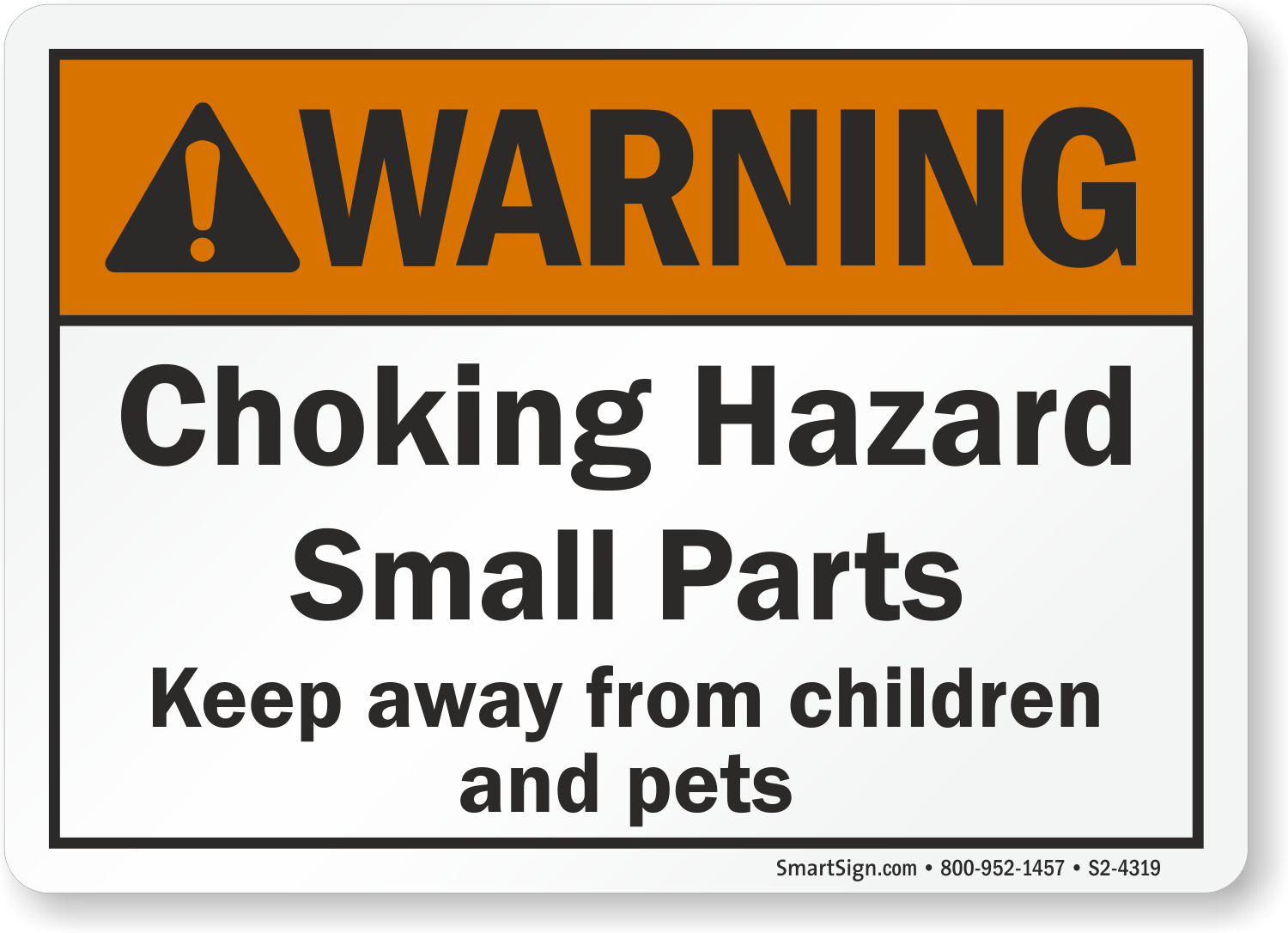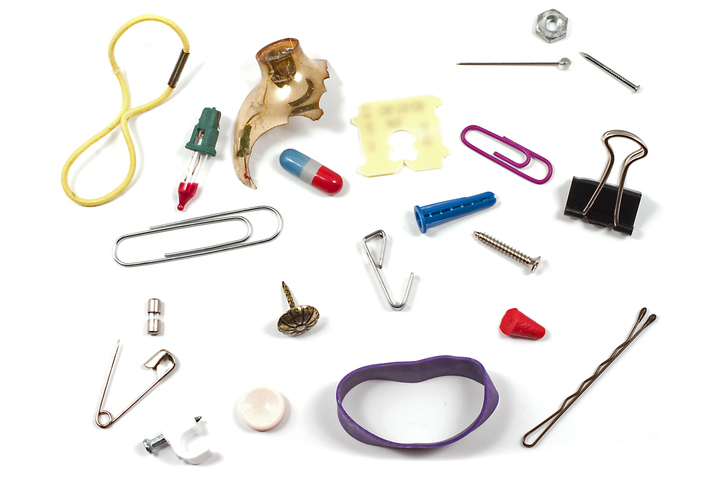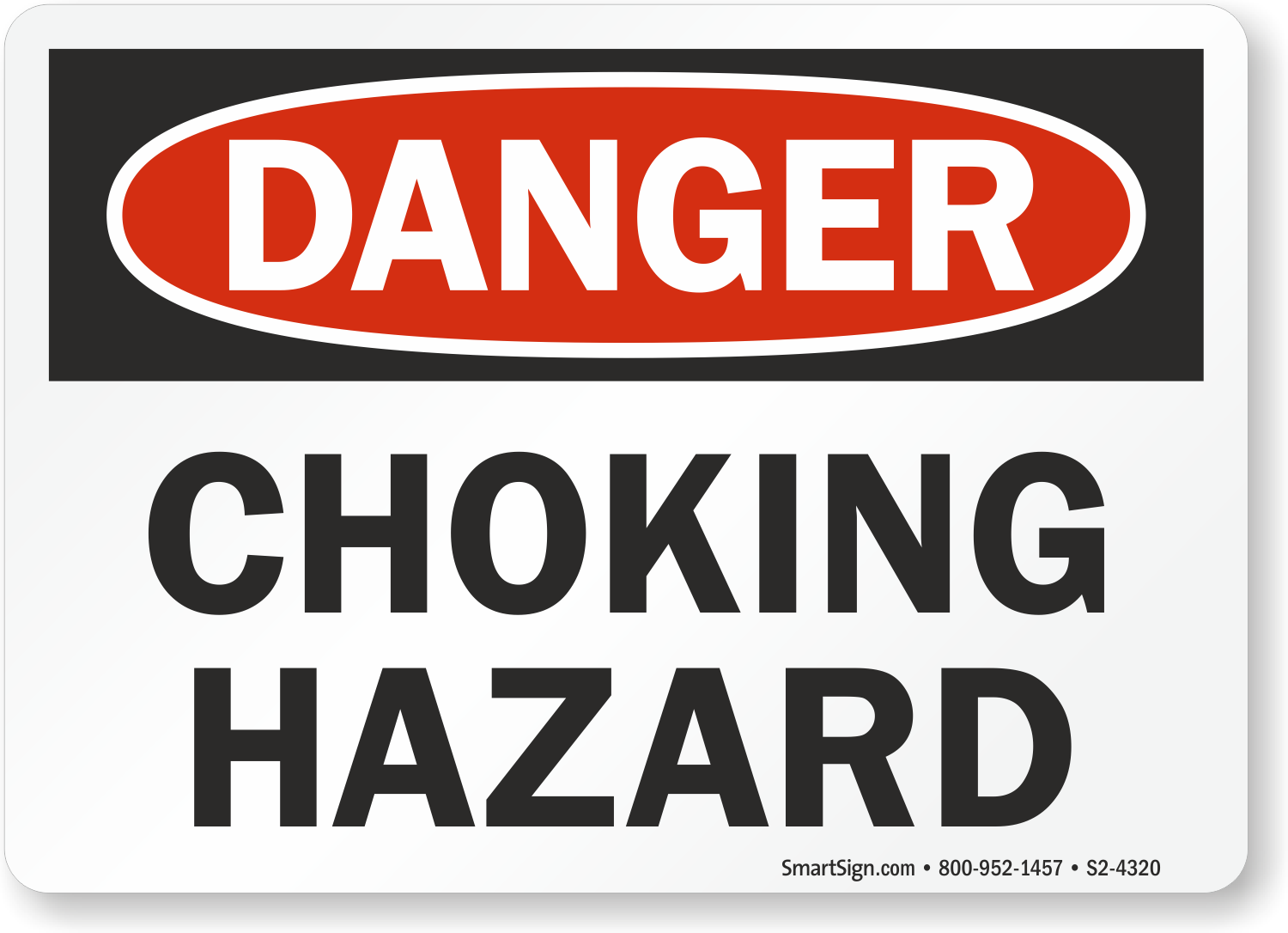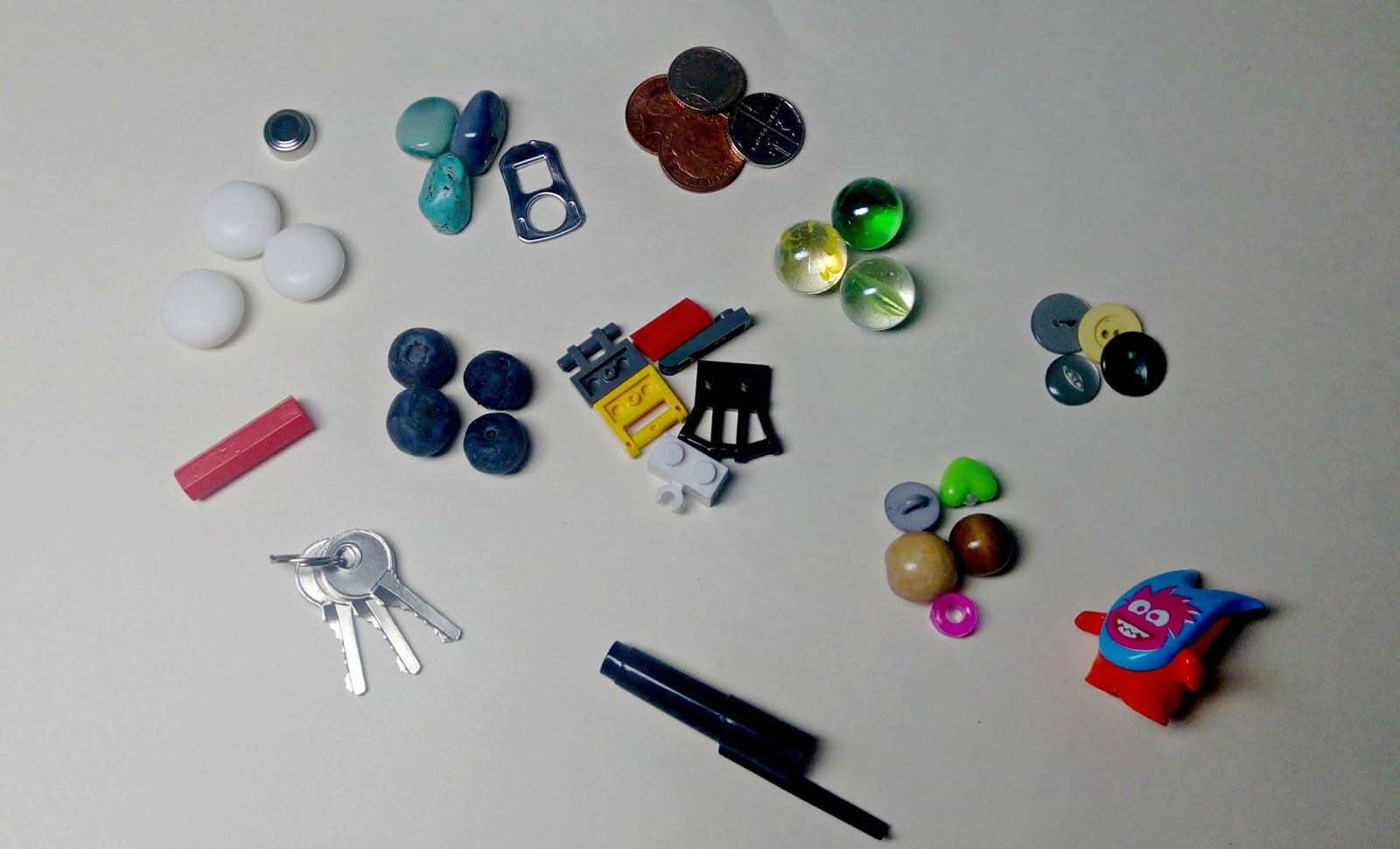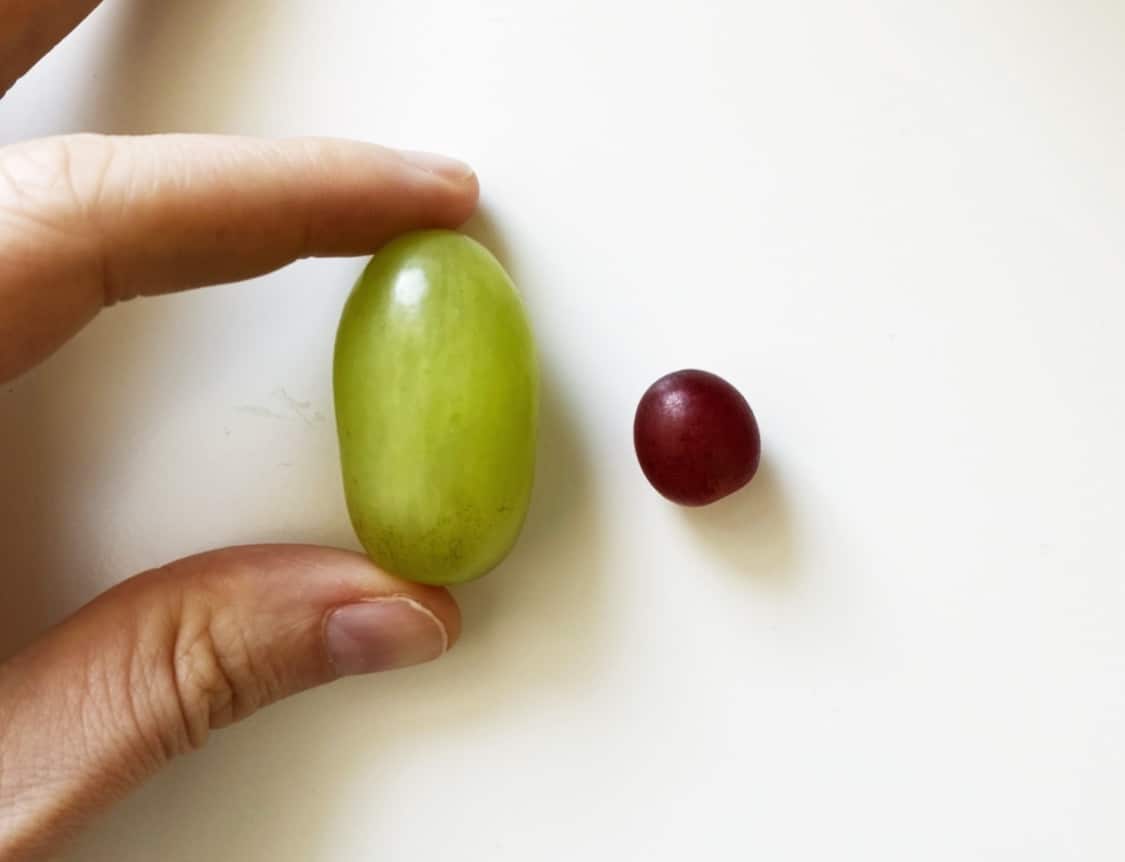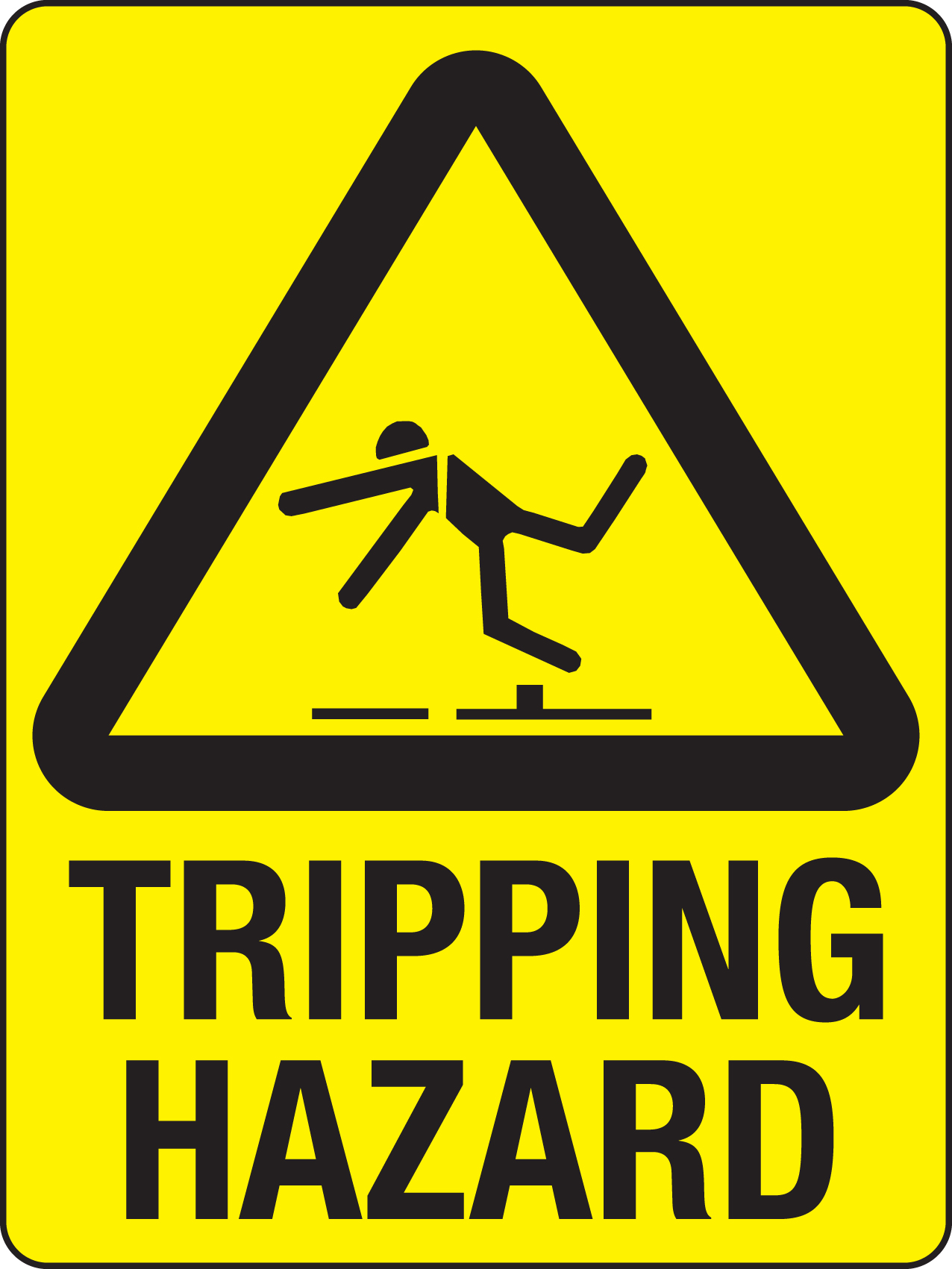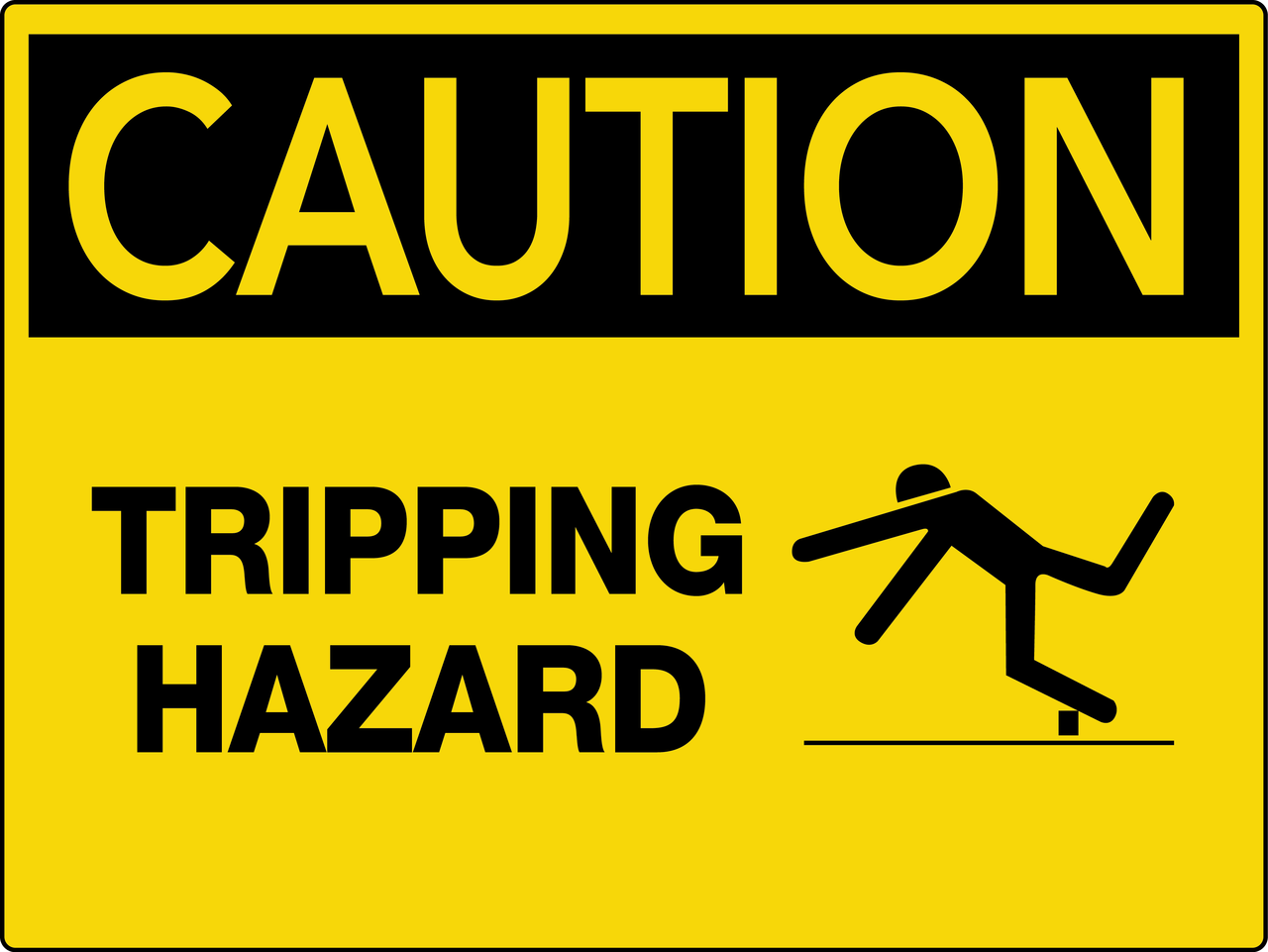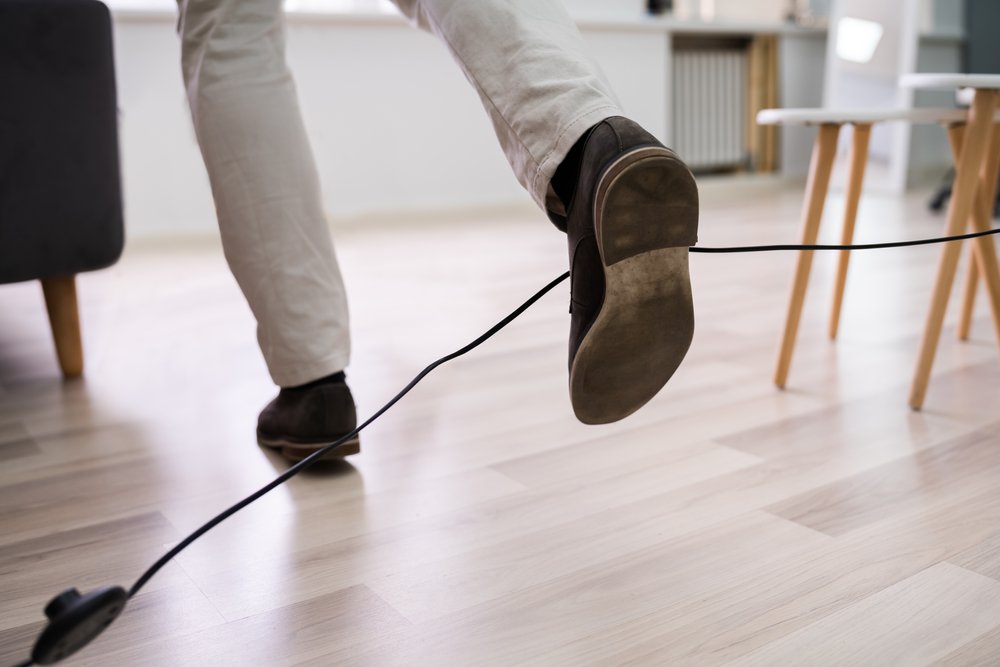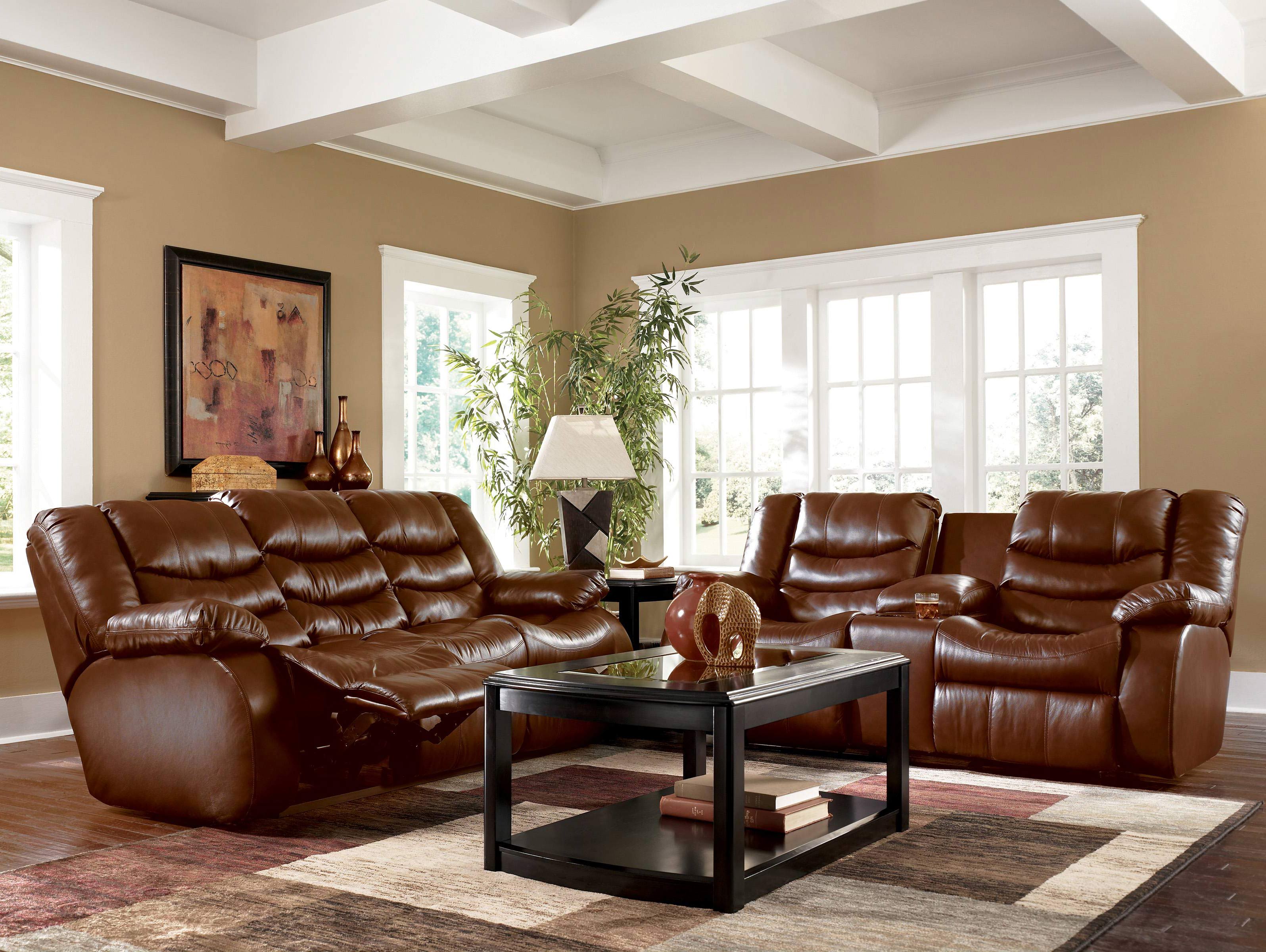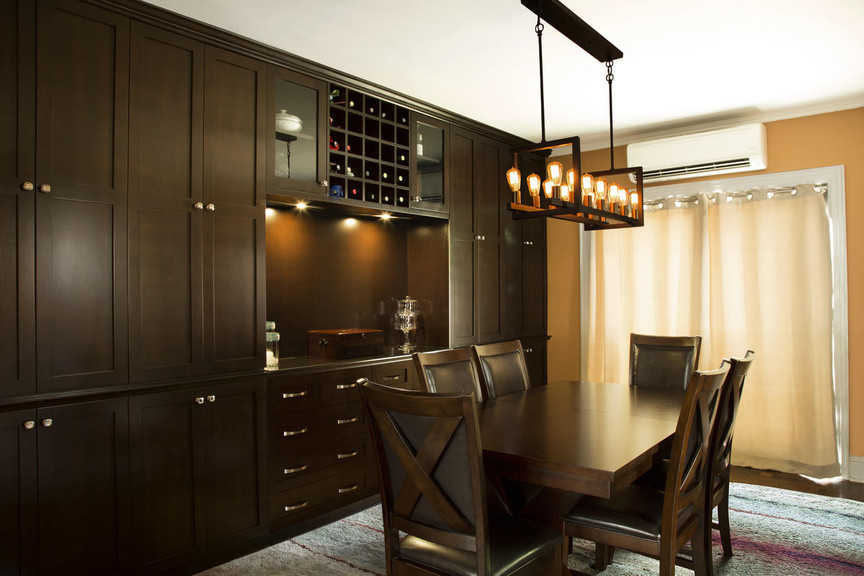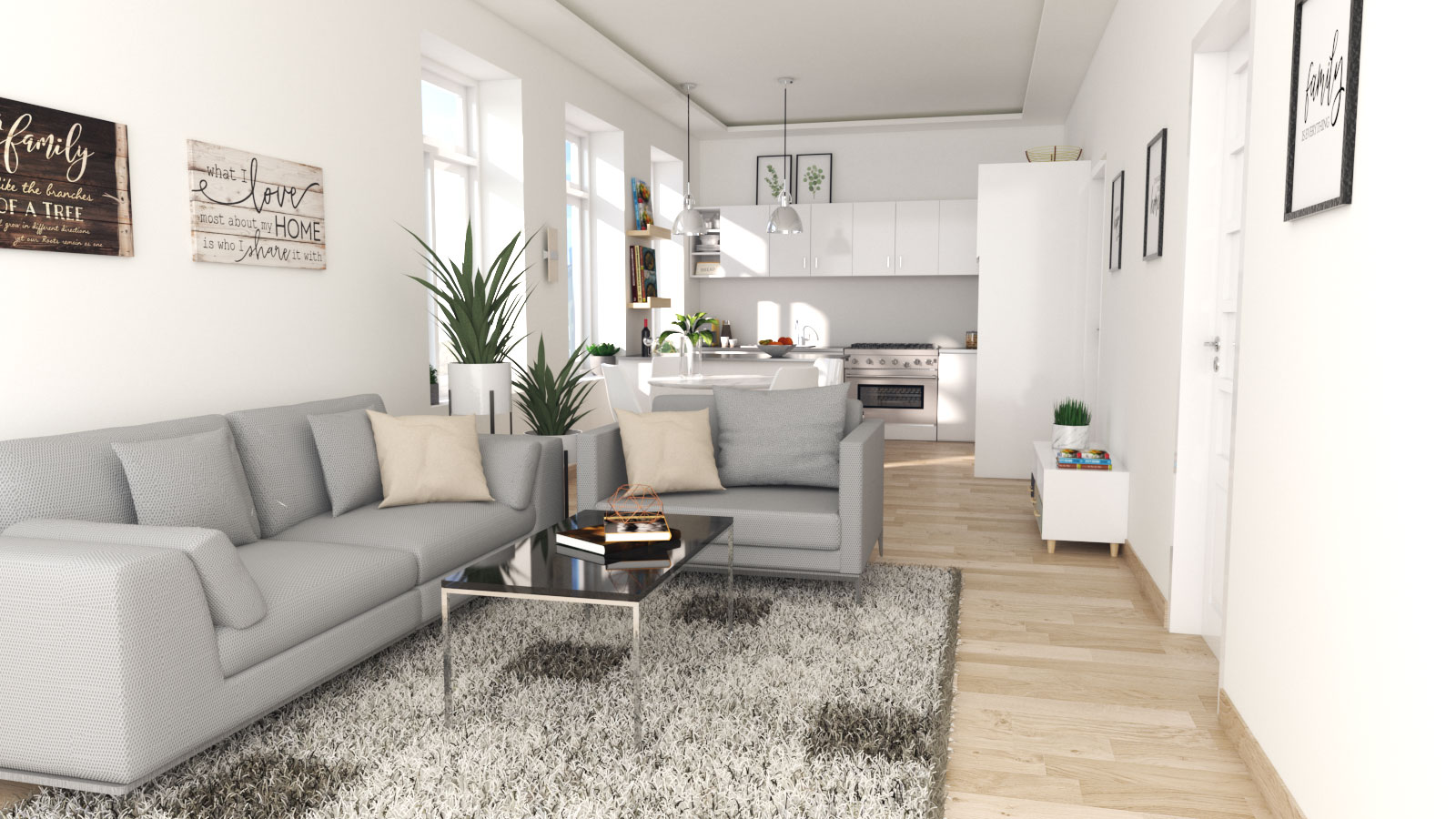The living room is a place where we spend a lot of time relaxing and entertaining, but it can also be a potential source of electrical hazards. Electrical outlets are essential for powering our devices and appliances, but they can also be dangerous if not used properly. Outlet overload is a common problem, especially in older homes with limited outlets. This can lead to overheating and even electrical fires. It is important to regularly check your outlets for any signs of damage and avoid using extension cords as a permanent solution.Electrical Outlets
While it may seem like a minor detail, the sharp corners on furniture can pose a potential safety hazard in the living room. Young children and pets are especially vulnerable to injuries from running into these sharp corners. To prevent accidents, consider childproofing your furniture by using corner guards or choosing pieces with rounded edges. Anchor any tall or heavy furniture to the wall to prevent it from tipping over and causing harm.Sharp Corners on Furniture
In today's world, we are surrounded by countless electronic devices, which means there are also many cords and wires to go along with them. Loose cords and wires can be a trip hazard in the living room, especially for children and elderly individuals. Keep cords and wires tucked away and secured with cord organizers to prevent accidental trips and falls. Regularly check for any frayed or damaged cords and replace them immediately.Loose Cords and Wires
Bookshelves are a staple in many living rooms, but they can also be a potential safety risk. Unsecured bookshelves can easily tip over, causing injuries and damage to your belongings. Make sure to secure bookshelves to the wall to prevent them from tipping over. When arranging your books, place heavier items on the bottom shelves and avoid overloading the shelves.Unsecured Bookshelves
Rugs can add style and comfort to a living room, but they can also pose a safety hazard if they are not properly secured. Slippery rugs can cause slips and falls, especially for children and elderly individuals. To prevent this, use a rug pad to keep the rug in place or choose rugs with non-slip backing. Regularly check for any curling or wrinkled edges and flatten them out immediately.Slippery Rugs
Many of us keep cleaning products and chemicals in the living room for quick access, but these can be poisoning hazards if not stored properly. Children and pets can easily ingest these products, leading to serious health problems. Keep all chemicals and cleaning products in a locked cabinet or out of reach of children and pets. Properly label all containers and avoid mixing different products, as this can create dangerous fumes.Chemicals and Cleaning Products
Furniture that is not properly secured or balanced can be a serious safety hazard in the living room. This includes items such as coffee tables, TV stands, and ottomans. Make sure all furniture is properly assembled and secured to prevent it from tipping over. Avoid placing heavy items on top of unstable furniture and regularly check for any signs of wobbling or looseness.Unstable Furniture
Many people enjoy the cozy ambiance of candles and fireplaces in the living room, but these open flames can also pose a fire hazard. Make sure to always supervise candles and never leave them unattended. Keep them away from any flammable items and out of reach of children and pets. When using a fireplace, make sure to have it professionally inspected and cleaned regularly to prevent any potential fires.Open Flames from Candles or Fireplaces
Small objects such as toys, decorations, and remotes can easily become choking hazards in the living room, especially for young children. Make sure to childproof your living room and regularly check for any small objects that may have fallen onto the floor. Keep small objects out of reach of children and supervise them when playing with toys to prevent any potential choking incidents.Choking Hazards from Small Objects
A cluttered living room not only looks messy but can also be a tripping hazard. Make sure to regularly declutter and organize your living room to prevent any potential accidents. Keep pathways clear and avoid stacking items on top of each other. Use storage solutions such as baskets and bins to keep items off the floor and out of the way.Tripping Hazards from Clutter
Safety Hazards In The Living Room: A Critical Aspect of House Design

The Importance of Safety in House Design
 When it comes to designing a house, there are many factors to consider, such as aesthetics, functionality, and comfort. However, one crucial aspect that should never be overlooked is safety. In particular, the living room is a space where safety hazards may lurk, and it is essential to address them to ensure the well-being of the household members. Here are some potential safety hazards that homeowners should be aware of when designing their living room.
When it comes to designing a house, there are many factors to consider, such as aesthetics, functionality, and comfort. However, one crucial aspect that should never be overlooked is safety. In particular, the living room is a space where safety hazards may lurk, and it is essential to address them to ensure the well-being of the household members. Here are some potential safety hazards that homeowners should be aware of when designing their living room.
Electrical Hazards
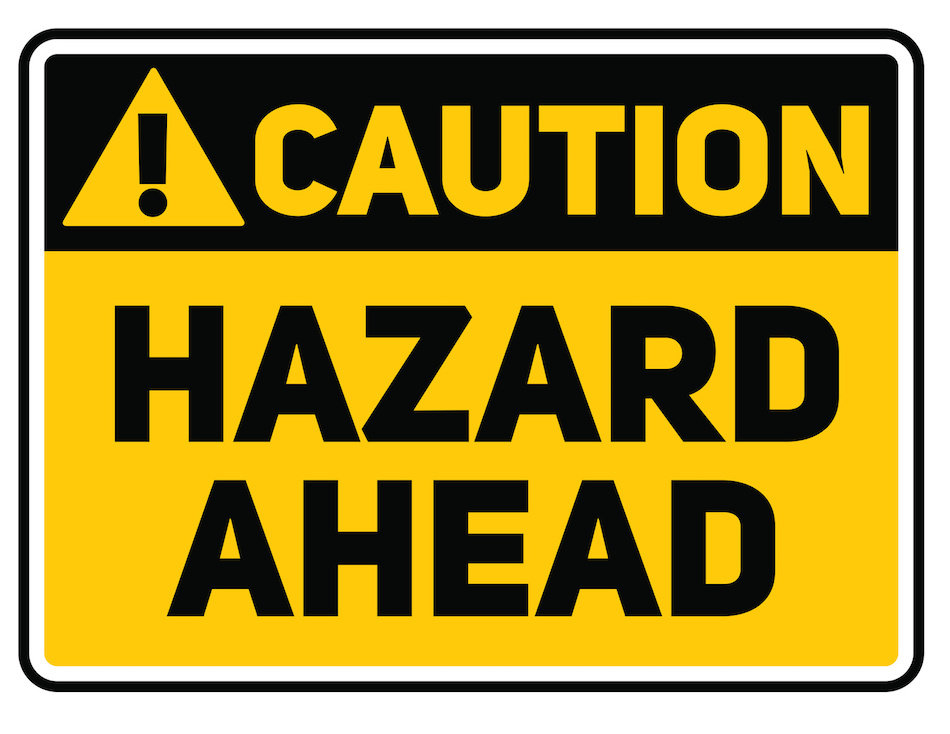 Electrical hazards
are one of the most common safety concerns in the living room. Many electrical appliances and devices are used in this space, such as televisions, computers, and lamps. These devices can pose a risk of electrocution, especially if they are not installed or maintained properly. Additionally,
overloading
electrical outlets with too many devices can increase the risk of fire. It is crucial to ensure that all electrical installations are up to code and that outlets are not overloaded. Regular maintenance and inspection of electrical devices and wiring can also help prevent accidents.
Electrical hazards
are one of the most common safety concerns in the living room. Many electrical appliances and devices are used in this space, such as televisions, computers, and lamps. These devices can pose a risk of electrocution, especially if they are not installed or maintained properly. Additionally,
overloading
electrical outlets with too many devices can increase the risk of fire. It is crucial to ensure that all electrical installations are up to code and that outlets are not overloaded. Regular maintenance and inspection of electrical devices and wiring can also help prevent accidents.
Furniture and Decor Hazards
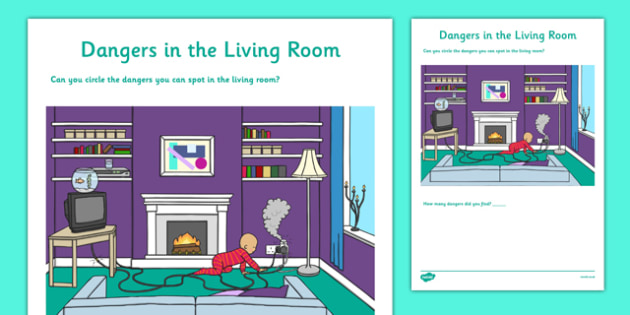 Another potential safety hazard in the living room is
unstable furniture
and
decorations
. Heavy furniture, such as bookshelves and cabinets, can easily topple over and cause injuries, especially for children and pets. It is important to secure these pieces of furniture to the wall and avoid placing them near high-traffic areas. Sharp-edged furniture and decorations, such as glass coffee tables or picture frames, should also be avoided or placed out of reach to prevent cuts and bruises.
Another potential safety hazard in the living room is
unstable furniture
and
decorations
. Heavy furniture, such as bookshelves and cabinets, can easily topple over and cause injuries, especially for children and pets. It is important to secure these pieces of furniture to the wall and avoid placing them near high-traffic areas. Sharp-edged furniture and decorations, such as glass coffee tables or picture frames, should also be avoided or placed out of reach to prevent cuts and bruises.
Slip and Fall Hazards
 Slip and fall accidents are another common concern in the living room, especially for households with elderly or disabled members. Loose or frayed
carpets and rugs
can be a tripping hazard, and slippery floors can lead to falls. It is essential to choose appropriate flooring materials and regularly maintain them to prevent accidents. Using nonslip pads under carpets and rugs and installing handrails can also help prevent falls.
Slip and fall accidents are another common concern in the living room, especially for households with elderly or disabled members. Loose or frayed
carpets and rugs
can be a tripping hazard, and slippery floors can lead to falls. It is essential to choose appropriate flooring materials and regularly maintain them to prevent accidents. Using nonslip pads under carpets and rugs and installing handrails can also help prevent falls.
Conclusion
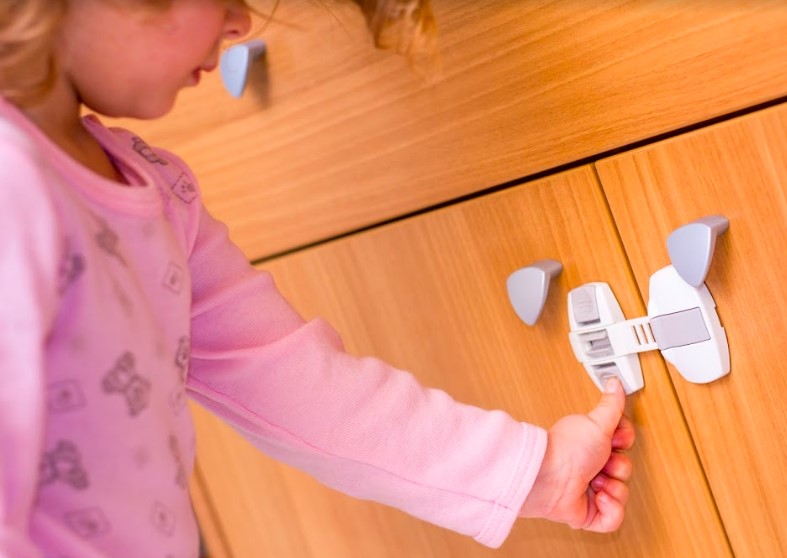 In conclusion, safety should be a top priority when designing a house, and the living room is no exception. Homeowners should be aware of potential hazards and take necessary precautions to prevent accidents. By addressing electrical hazards, securing furniture and decorations, and preventing slip and fall accidents, the living room can be a safe and comfortable space for all household members.
In conclusion, safety should be a top priority when designing a house, and the living room is no exception. Homeowners should be aware of potential hazards and take necessary precautions to prevent accidents. By addressing electrical hazards, securing furniture and decorations, and preventing slip and fall accidents, the living room can be a safe and comfortable space for all household members.
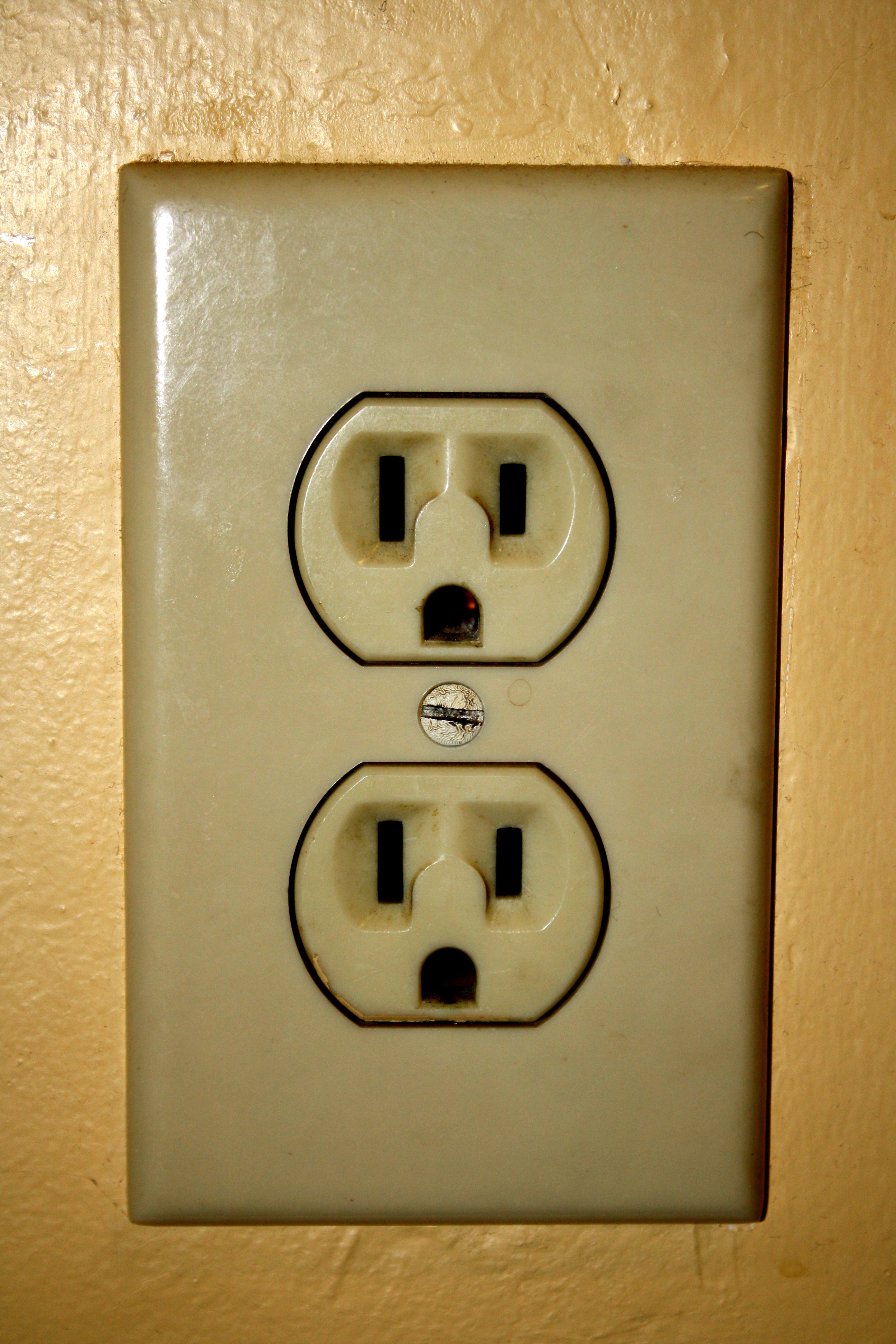
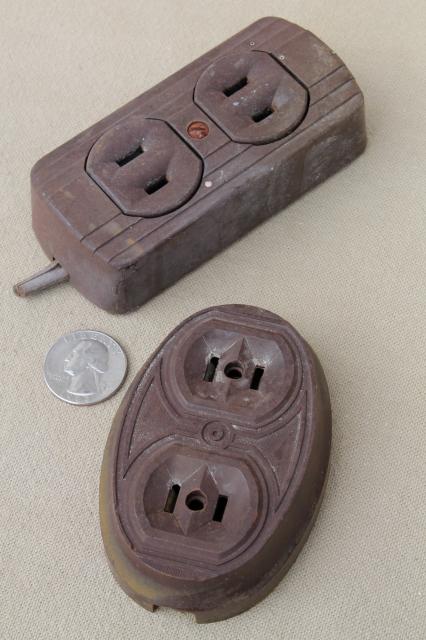







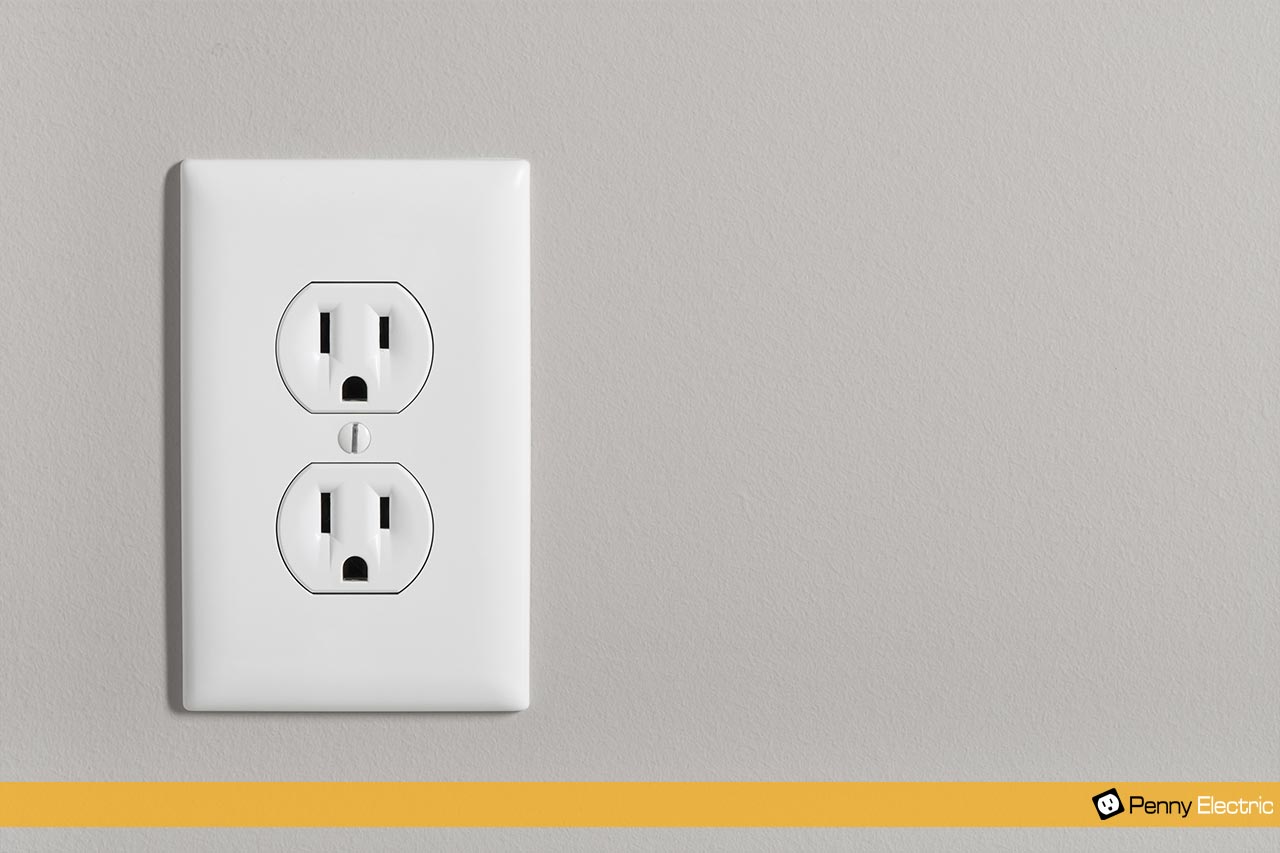

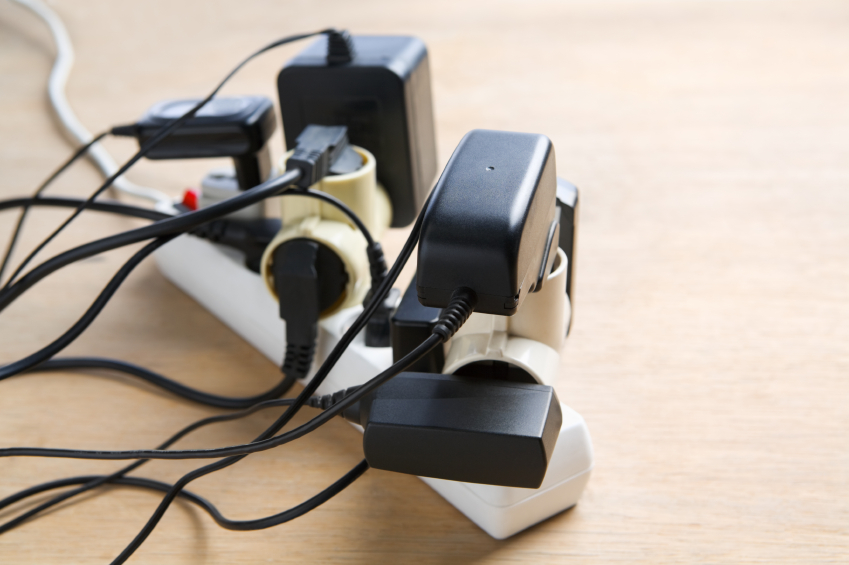





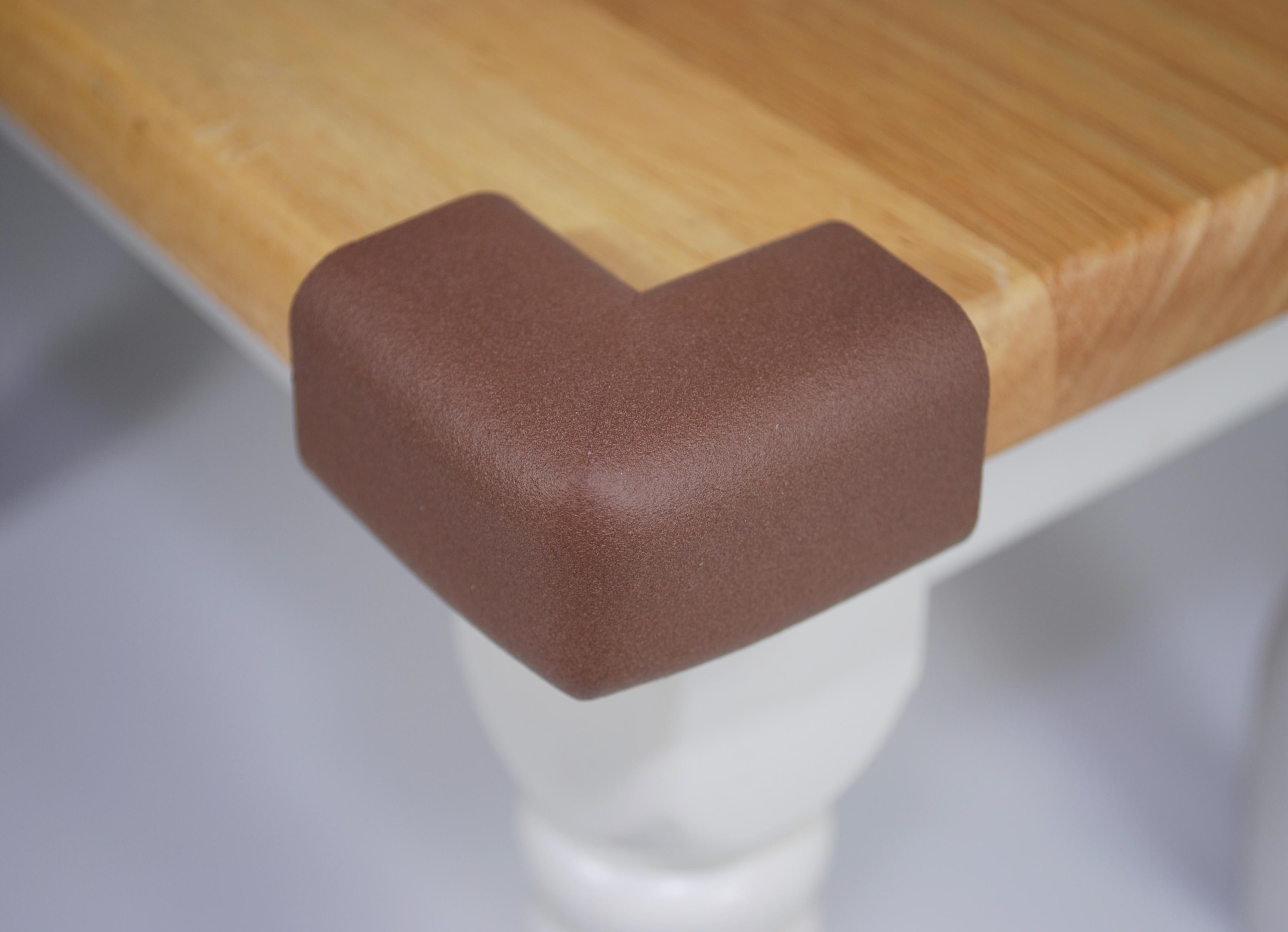

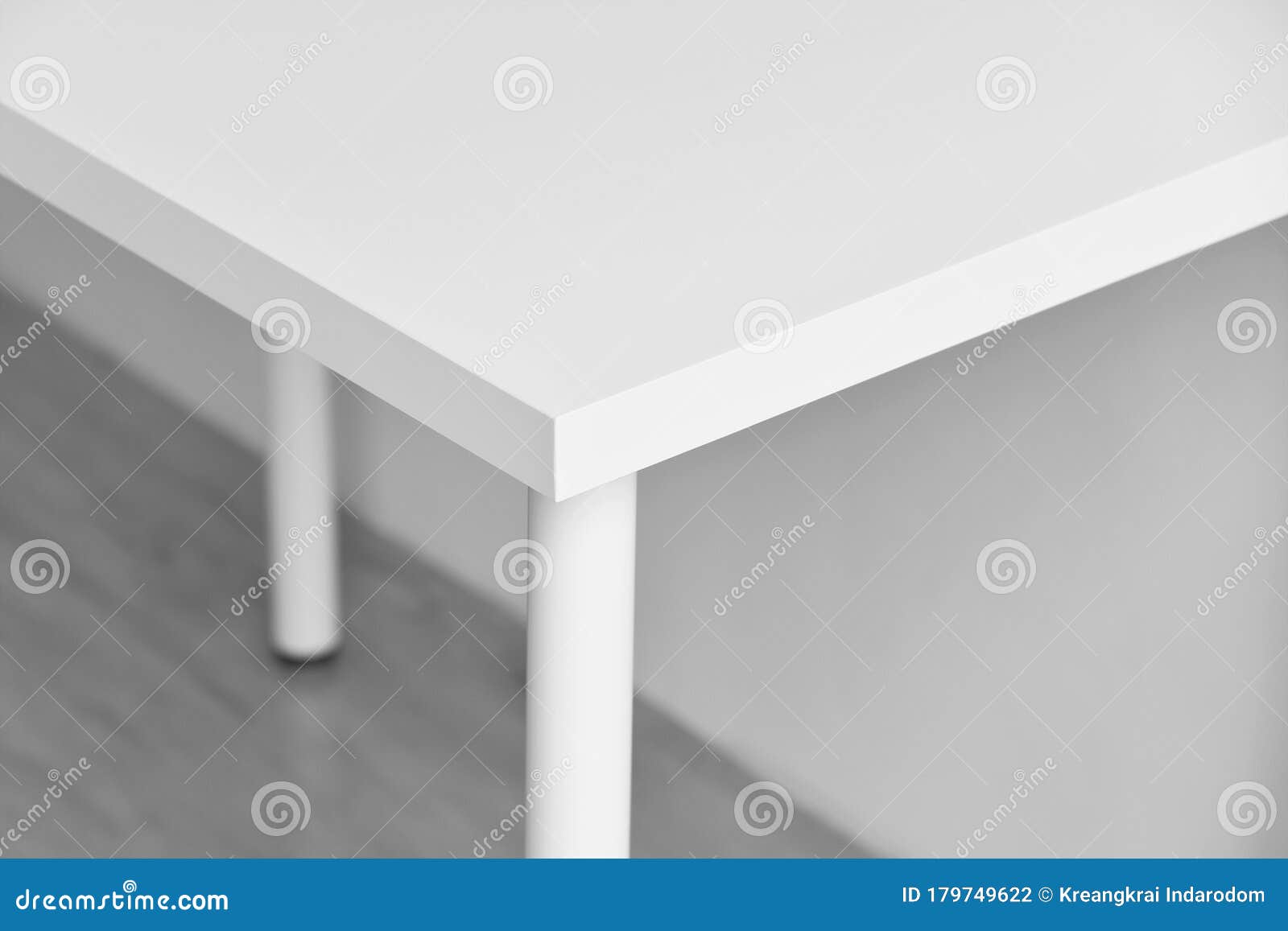
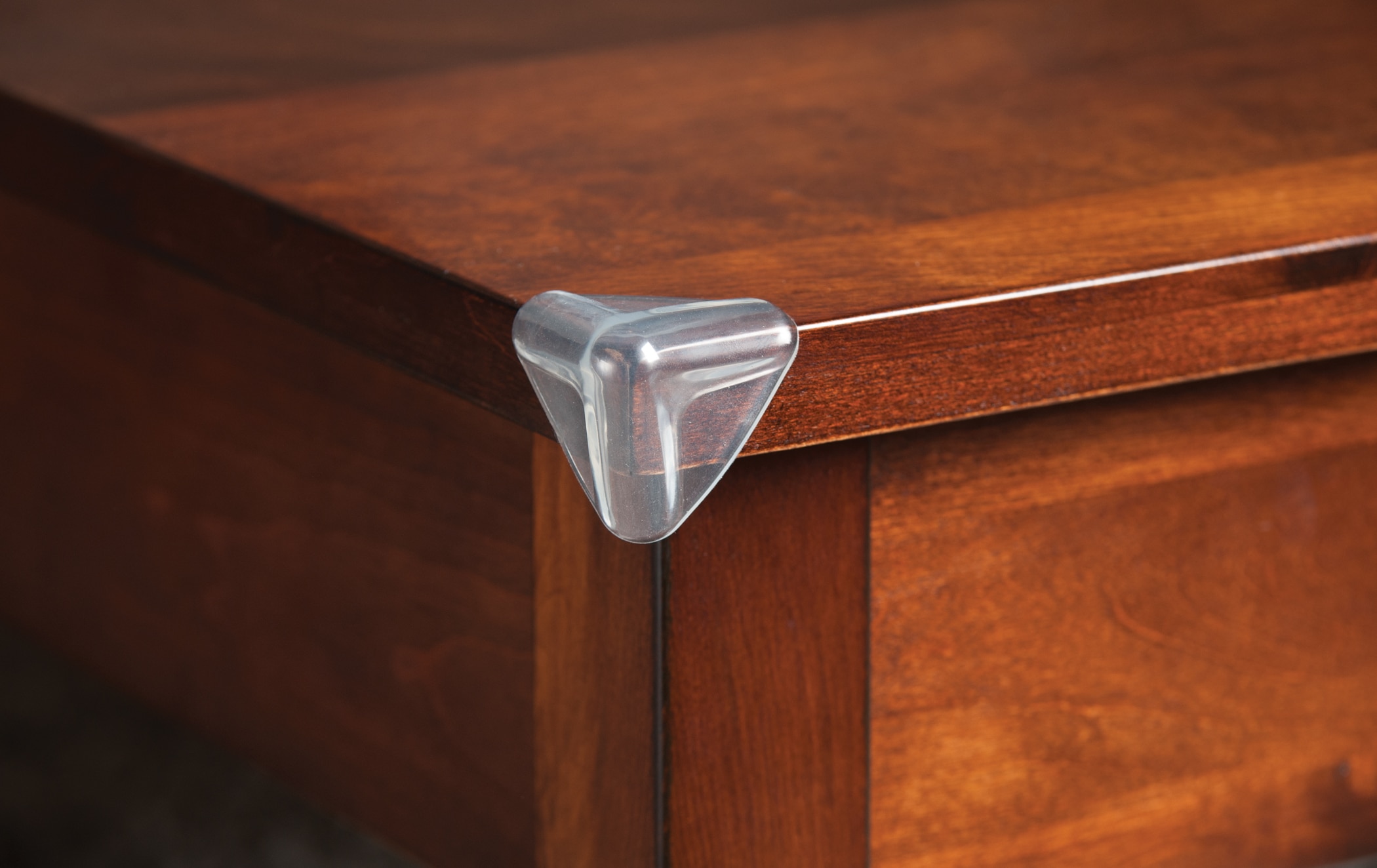






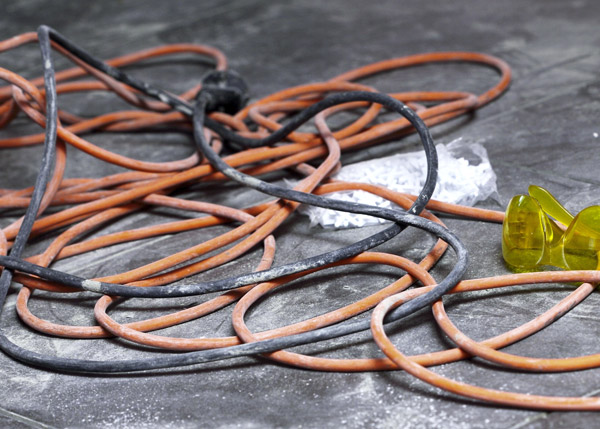
/102384150-56a49a7b5f9b58b7d0d7c24b.jpg)

:max_bytes(150000):strip_icc()/GettyImages-sb10064839ab-001-59a0466e396e5a0011cfa4e4.jpg)
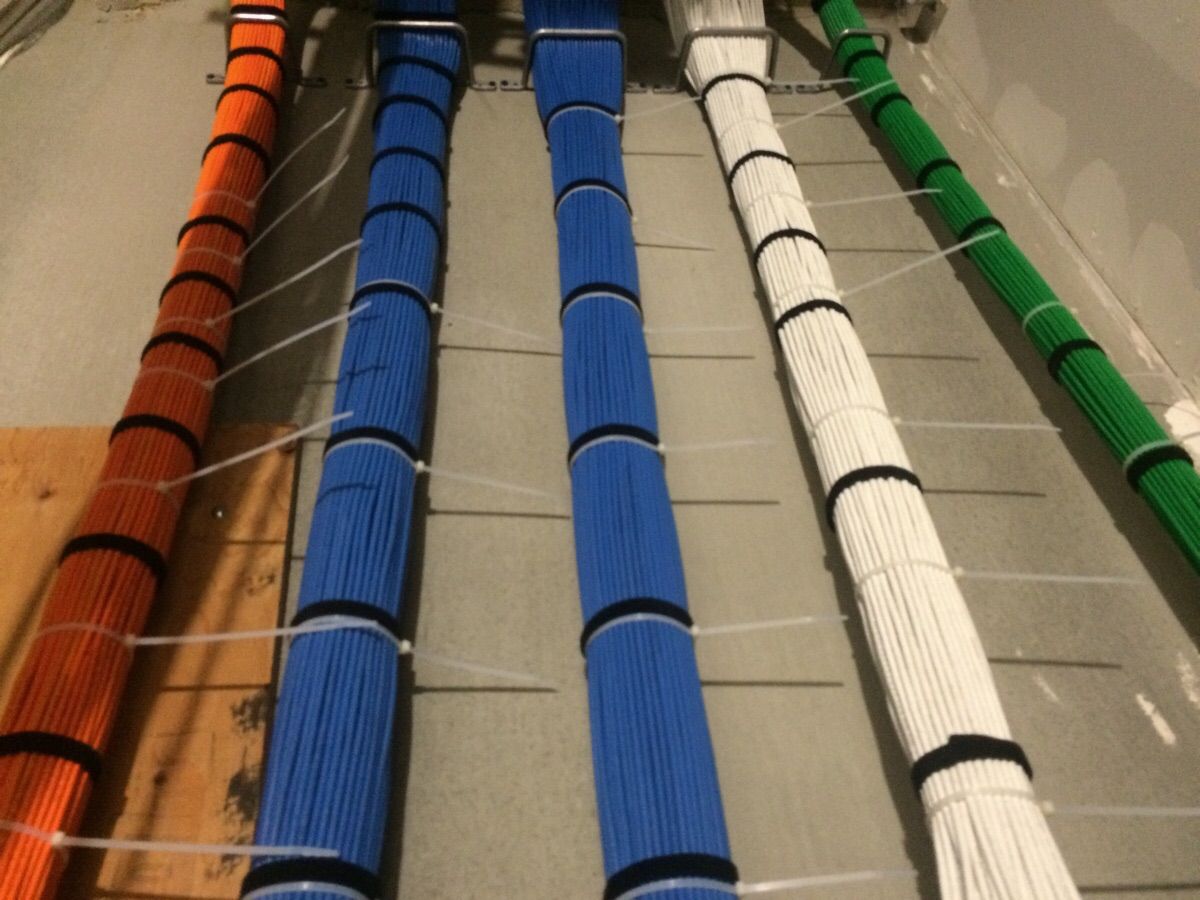


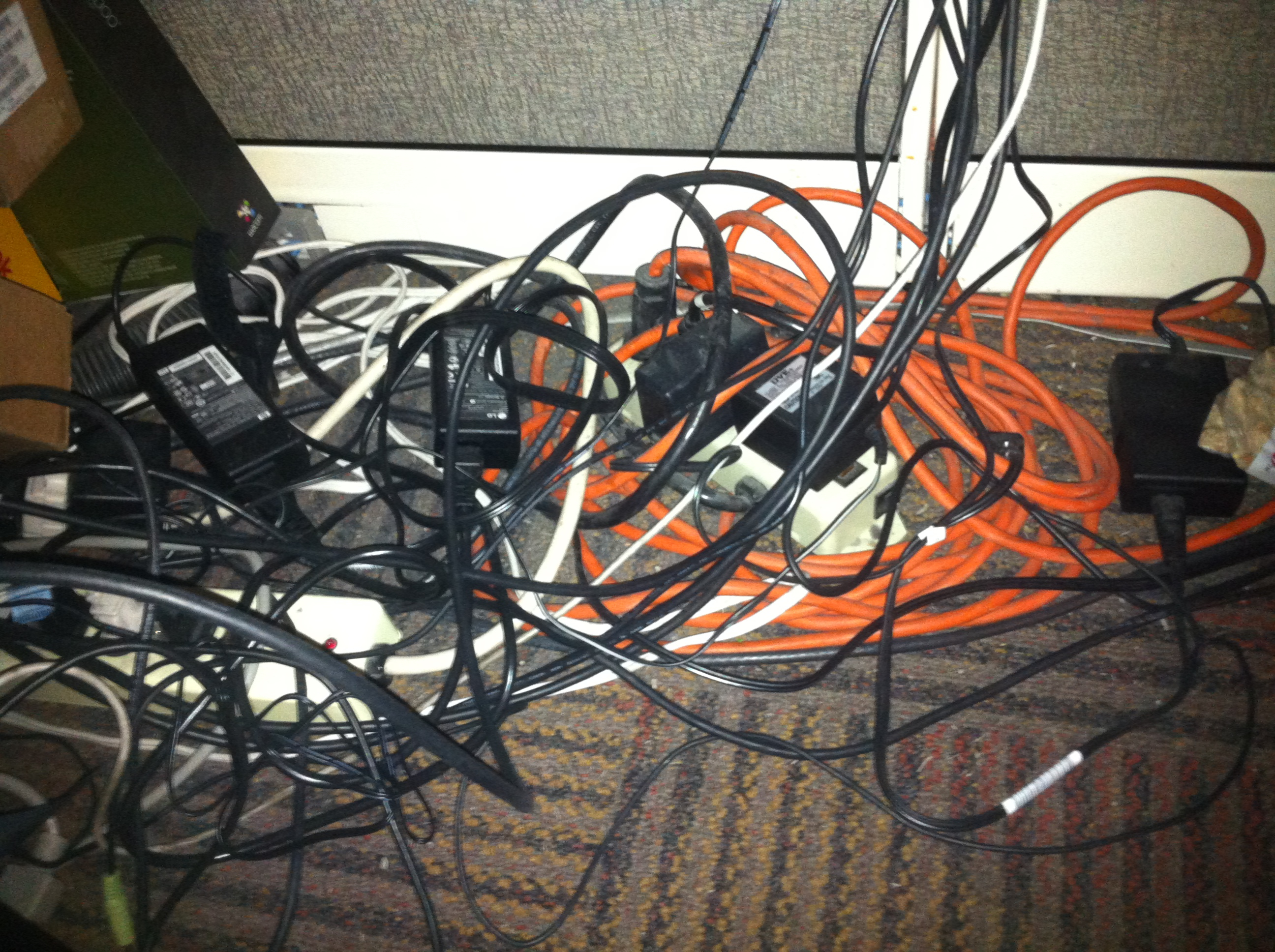







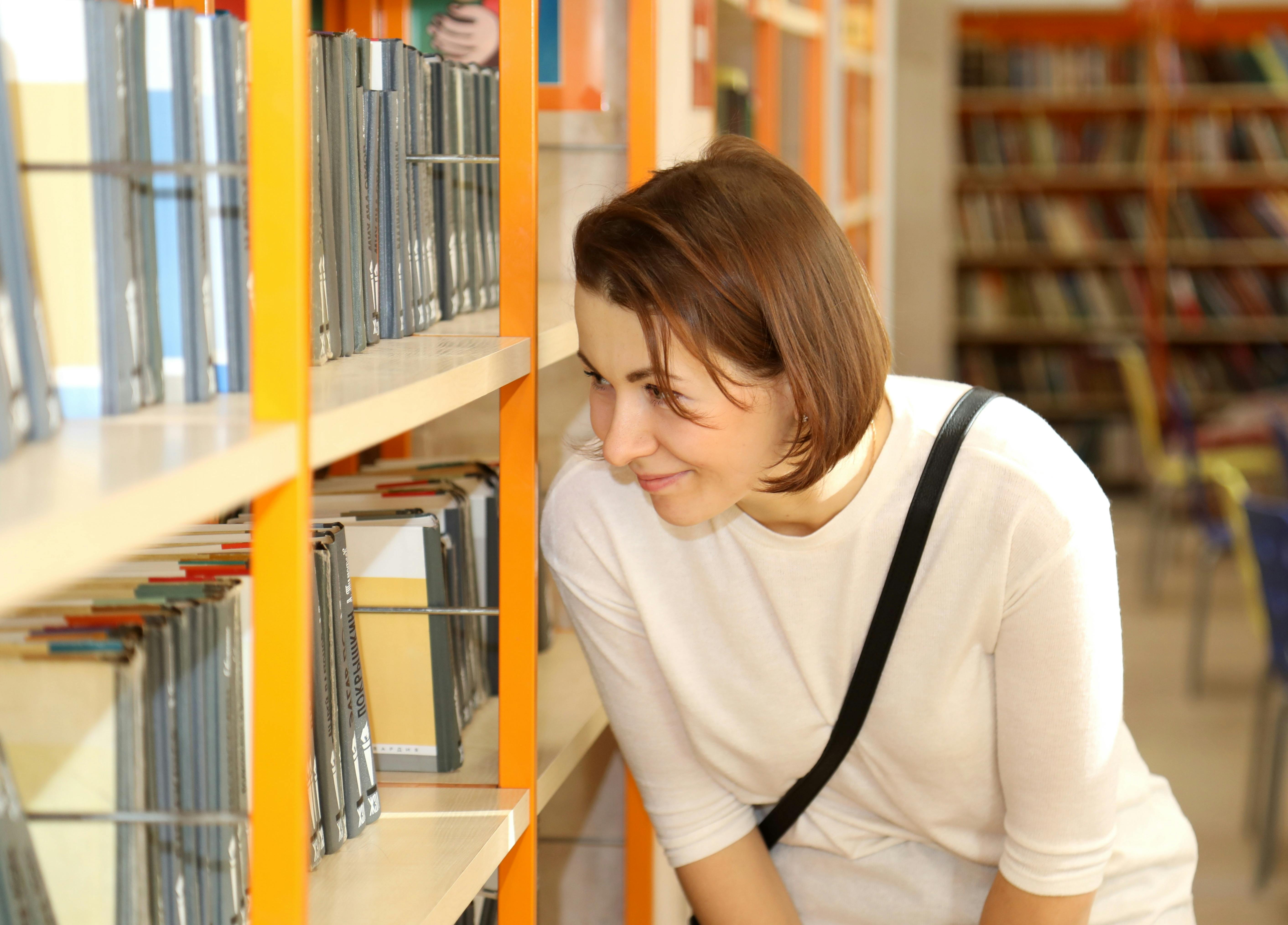











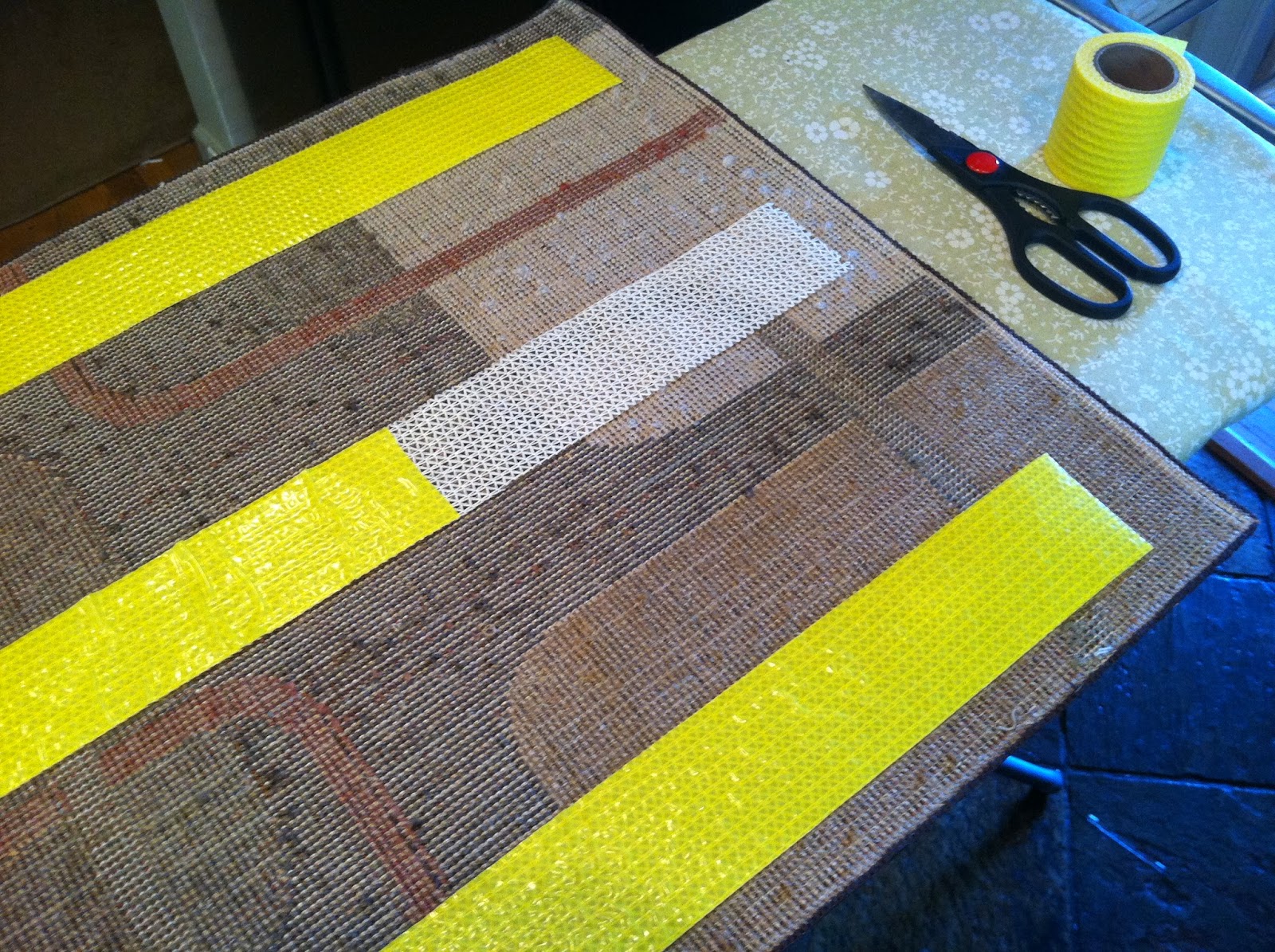

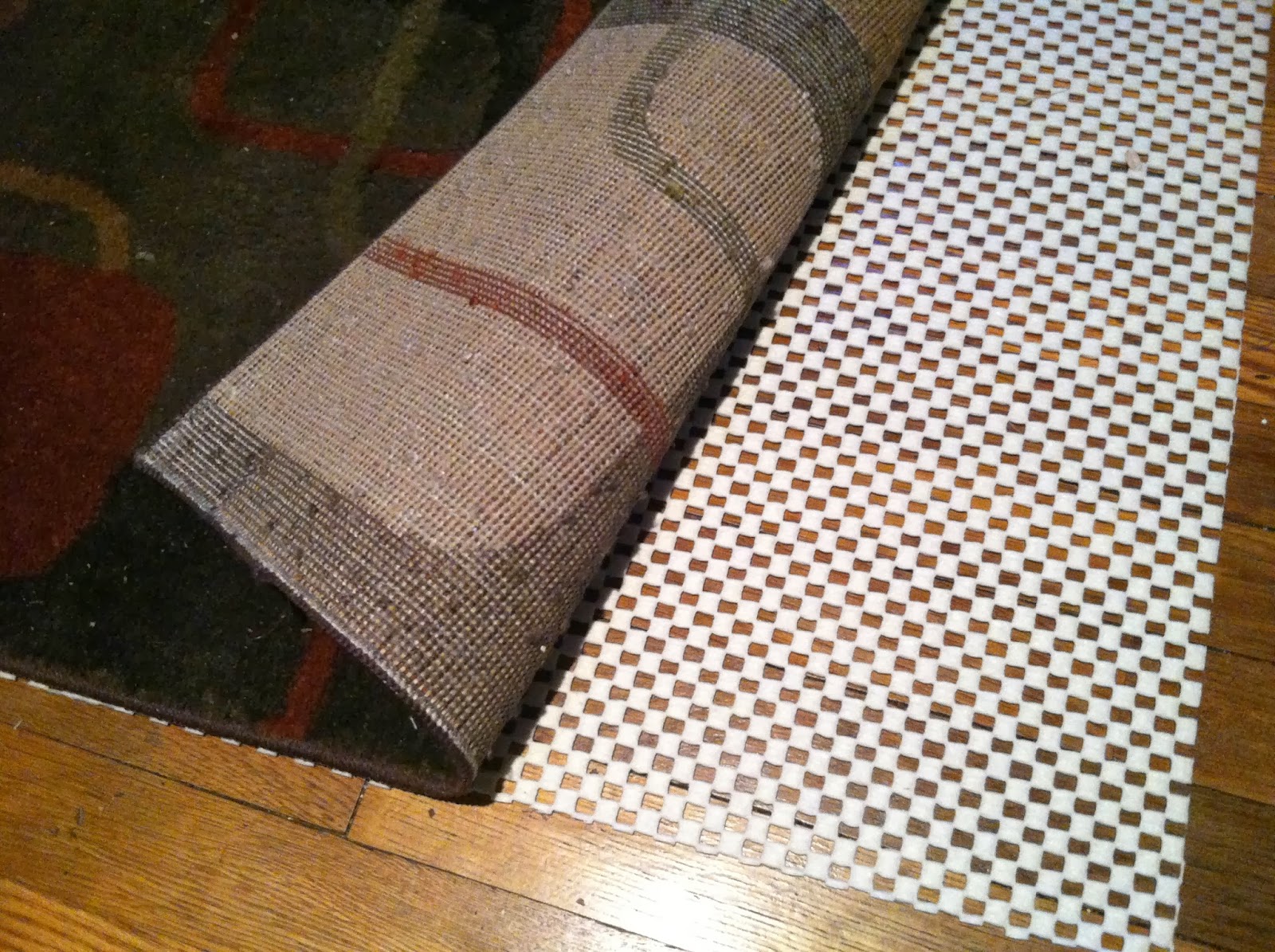





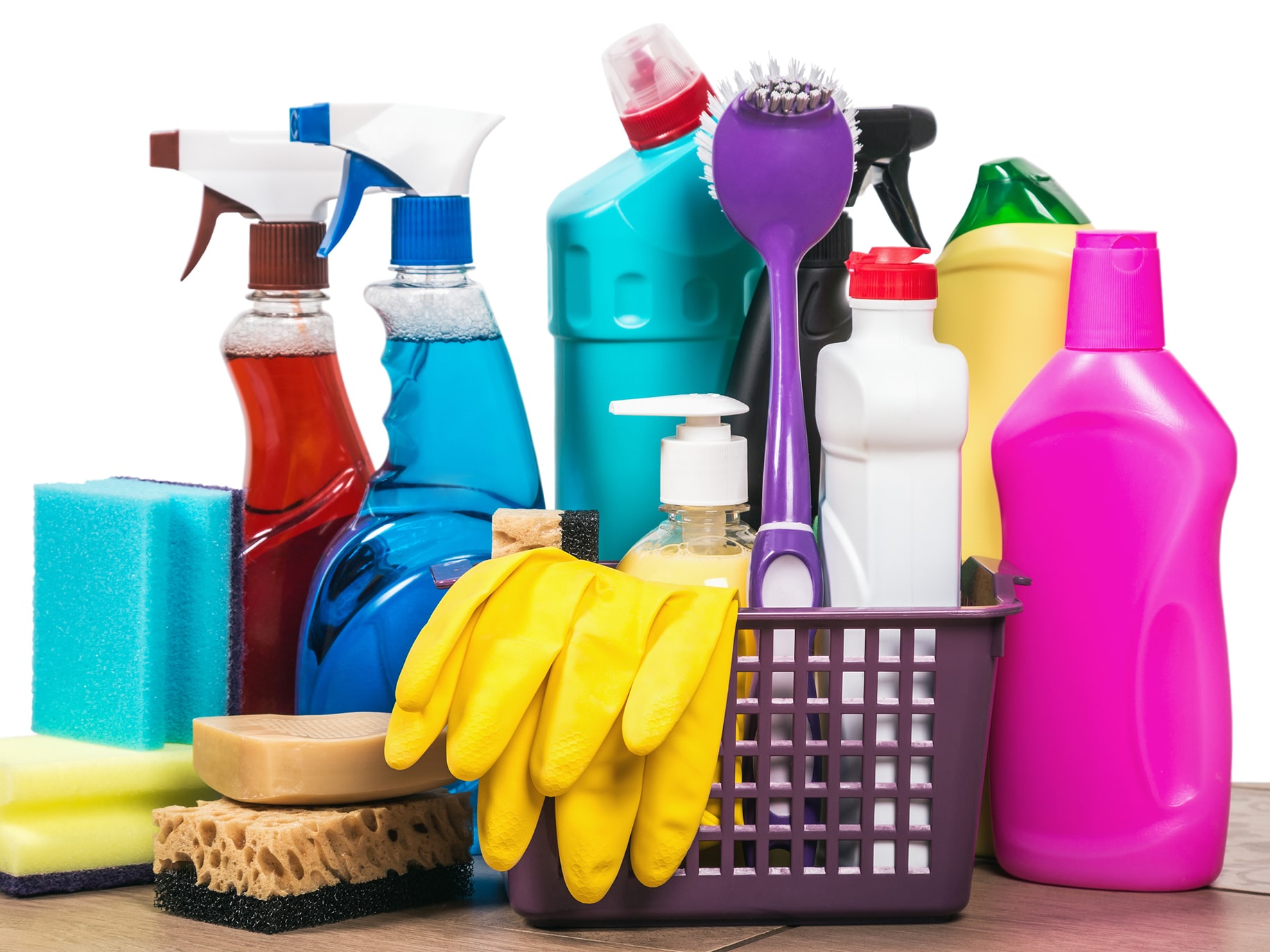

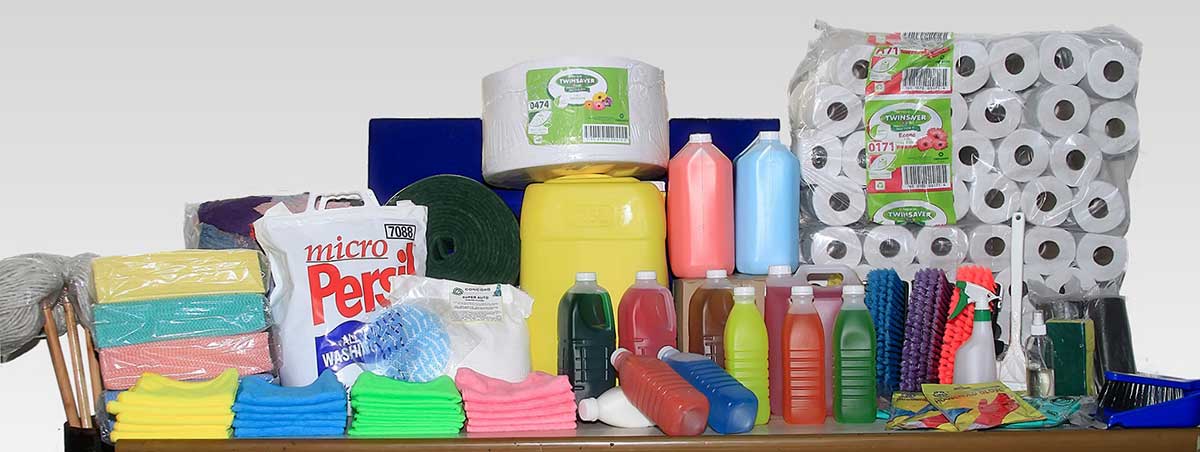


:max_bytes(150000):strip_icc()/cleaning--cleaning-products-isolated-on-white-background-171279850-5b6f8c42c9e77c0025d526b0.jpg)












